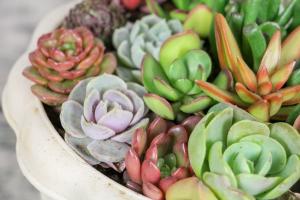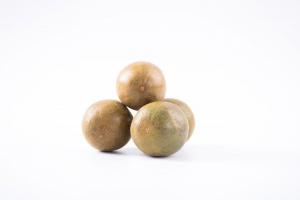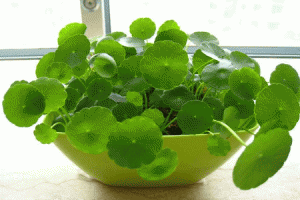Introduction
When it comes to planting a peach tree, choosing the right variety is essential for a successful yield. With so many different types of peach trees available, it can be challenging to determine which is the best option for your needs. In this article, we will look at factors to consider when selecting a peach tree and provide insight into some of the best varieties available.
Climate Considerations
The first thing to consider when selecting a peach tree is your climate. The ideal climate for peach trees is a warm to a moderate temperate zone with low humidity. You should select a peach tree that is suitable for your area's temperatures, as this can significantly impact the tree's growth and yield. For example, if you live in an area with cold winters and mild summers, the Redhaven peach tree is an excellent choice as it is one of the best cold-hardy cultivars available.
Peach Varieties
There are two general types of peaches: freestone and clingstone. Freestone peaches have a pit that is easier to remove, while clingstone peaches have a pit that is more difficult to remove from the flesh. Both types have many different varieties to choose from, each with unique characteristics.
The Elberta peach tree is one of the most popular varieties in North America. It is a freestone peach that has a juicy, sweet taste and is perfect for eating fresh, canning, and freezing. Another popular variety is the Red Haven, which is also a freestone peach. The Red Haven peach tree produces a high yield of fruit that ripens in mid-summer and is suitable for both residential and commercial use.
If you prefer clingstone peaches, the Belle of Georgia is a great option. It is a white-fleshed peach that has a classic peach flavor with a small pit that is easy to remove. The Scarlet Prince is another clingstone peach that is also known for its excellent taste and texture.
Size and Growing Habit
The size and growing habit of the peach tree are significant factors to consider when making your selection. Some peach trees grow to be quite large, while others remain small and compact. It is also important to consider the tree's shape and growing habits, as these can impact the amount of sunlight and air circulation the tree receives, which can affect the fruit's quality.
If you have limited space, a dwarf peach tree may be ideal. These trees grow between six to eight feet in height and spread, making them perfect for small gardens or patios. The Bonanza peach tree is an excellent dwarf option that produces a high yield of medium-sized fruit. If you have more space, the Red Baron peach tree is a larger option that can reach up to 20 feet in height, producing large, juicy fruit that is great for eating and canning.
Pest and Disease Resistance
Finally, it is always a good idea to select a peach tree that is resistant to pests and diseases. Peach trees are susceptible to a variety of issues that can damage or kill the tree and ruin the fruit. For example, bacterial spot, peach leaf curl, and brown rot are all common peach tree diseases that can drastically reduce the yield. Selecting a tree that is resistant to these and other common pests and diseases will help ensure a healthy, bountiful harvest.
Conclusion
Selecting the right type of peach tree is essential to achieving a successful yield. Consider your climate, peach tree varieties, size and growing habit, and pest and disease resistance when choosing your tree. With the right choice and proper care, you will be enjoying delicious, juicy peaches for years to come.

 how many times do yo...
how many times do yo... how many planted tre...
how many planted tre... how many pine trees ...
how many pine trees ... how many pecan trees...
how many pecan trees... how many plants comp...
how many plants comp... how many plants can ...
how many plants can ... how many plants and ...
how many plants and ... how many pepper plan...
how many pepper plan...

































